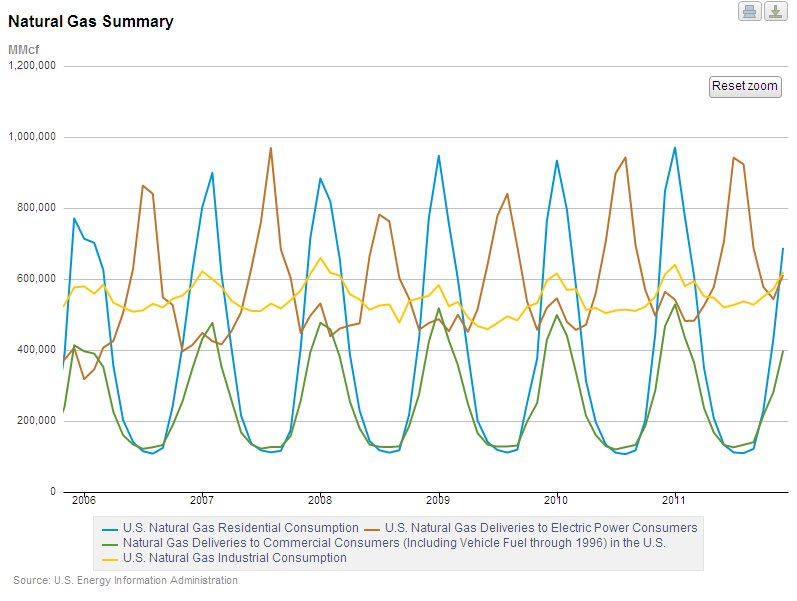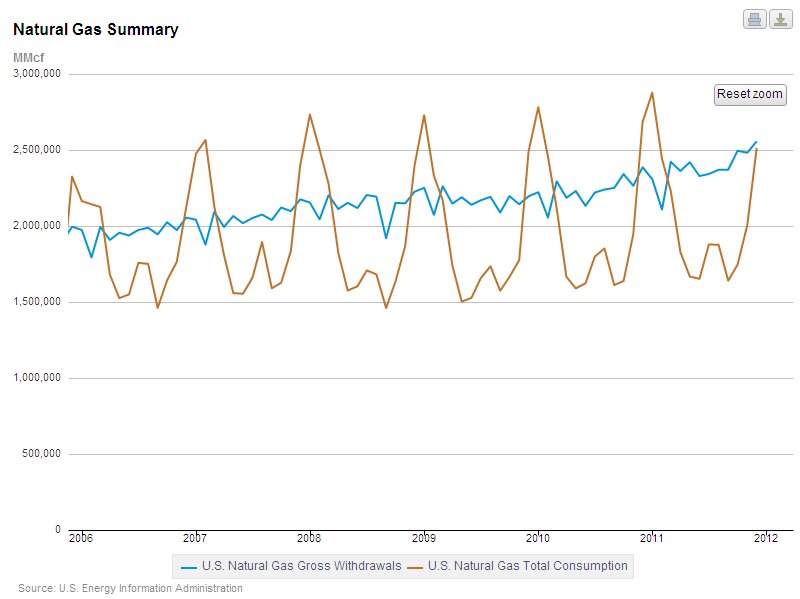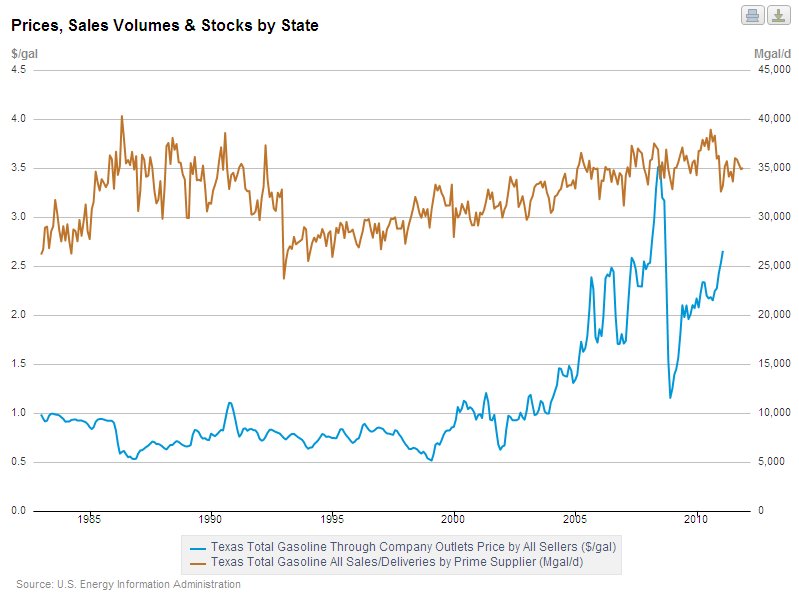The Texas Supreme Court Historical Society has published an article by David A. Furlow on the life of John Hemphill, the first Chief Justice of the Supreme Court of the State of Texas. John Hemphill was a remarkable character, one of the pioneering men and women who settled in Texas during its birth as a nation and then a state.
John Hemphill was born in 1803 in South Carolina to a Presbyterian minister and his wife; went to Jefferson College (now Washington and Jefferson College) in Washington, Pennsylvania; began his legal studies “reading the law” in Columbia, South Carolina in 1829; practiced law in Sumter, South Carolina; served in the U.S. Army in the Seminole War of 1836 in Florida; and moved to Texas in 1838, at the age of 35, two years after
Texas won its independence from Mexico. He set up his law practice in Washington-on-the-Brazos.
In 1840, President Mirabeau B. Lamar appointed Hemphill to the Texas Supreme Court. He also served as a judge of the Fourth Judicial District. On December 5, 1840, he won election to replace Thomas J. Rusk as Chief Justice of the Supreme Court. In 1846, when Texas joined the Union, Governor J. Pinckney Henderson appointed Hemphill the first Chief Justice of the new Texas Supreme Court, where he served until November 1858. He resigned from the Court to take Sam Houston’s place as United States Senator, when Houston resigned because he refused to support Texas’ withdrawal from the Union. After Texas joined the Confederacy, Hemphill served in the Provisional Confederate Congress, and he died of pneumonia in Richmond, Virginia, in January 1862.
On March 19, 1840, Hemphill presided over an unusual and historic meeting between Comanches and Texas representatives seeking to make peace with the Chomanche tribes, held in San Antonio. The meeting did not go well. The Comanches brought with them a sixteen-year-old-girl, Matilda Lockhart, who had been abducted by the Comanches in 1838. Mary Ann Maverick (a member of the Maverick family that gave their name to unbranded cattle)
was there and described Matilda: “Her head, arms and face were full of bruises and sores, and her nose [was] actually burnt off to the bone–all the fleshy end gone, and a great scab formed on the end of the bone. …. She told a piteous tale of how dreadfully the Indians had
beaten her, and how they would wake her from her sleep by sticking a chunk of fire to her flesh, especially to her nose.” Matilda’s treatment did not endear the Comanches to the Texans present. Matilda, who understood the Comanche language, told the Texans that the Comanches held another fifteen Texas hostages, whom the Comanches intended to
ransom one by one to the Texans for the highest price they could get. The result was a fight, later named the Council House Fight, in which several of the Comanches were killed. Hemphill, attacked by one
of the chiefs, pulled a “long knife from under his judicial robes and slew his antagonist.” True frontier justice. The result of this failed attempt at peace-making was a long-running war between Texans and Comanches that was not finally concluded until after the Civil War.
Continue reading →
 Oil and Gas Lawyer Blog
Oil and Gas Lawyer Blog







